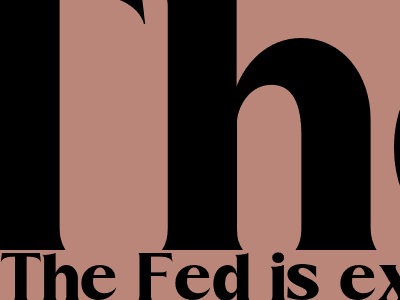
Central Banking: The Fed's Interest Rate Policy and Its Economic Impact
The Fed's Monetary Policy
The Federal Reserve (the Fed) is the central bank of the United States. It has a number of responsibilities, including setting interest rates.
Interest rates are the cost of borrowing money. When the Fed raises interest rates, it becomes more expensive for businesses and consumers to borrow money. This can slow down economic growth.
When the Fed lowers interest rates, it becomes less expensive to borrow money. This can stimulate economic growth.
The Fed's Decision-Making Process
The Fed makes its interest rate decisions based on a number of economic factors, including:
- The level of inflation
- The level of unemployment
- The level of economic growth
The Fed also considers the actions of other central banks, as well as global economic conditions.
The Impact of Interest Rate Changes
Interest rate changes can have a significant impact on the economy. Higher interest rates can slow down economic growth, while lower interest rates can stimulate economic growth.
Interest rate changes can also affect the value of investments. Higher interest rates can lead to lower stock prices, while lower interest rates can lead to higher stock prices.
The Fed's Role in the Economy
The Fed plays a critical role in the U.S. economy. Its interest rate decisions can have a significant impact on economic growth, inflation, and employment.
The Fed's goal is to maintain price stability and maximum employment. It seeks to achieve these goals by setting interest rates that promote economic growth while keeping inflation under control.
Conclusion
The Fed's interest rate policy is a complex and important issue. It is important to understand the Fed's decision-making process and the impact of interest rate changes on the economy.